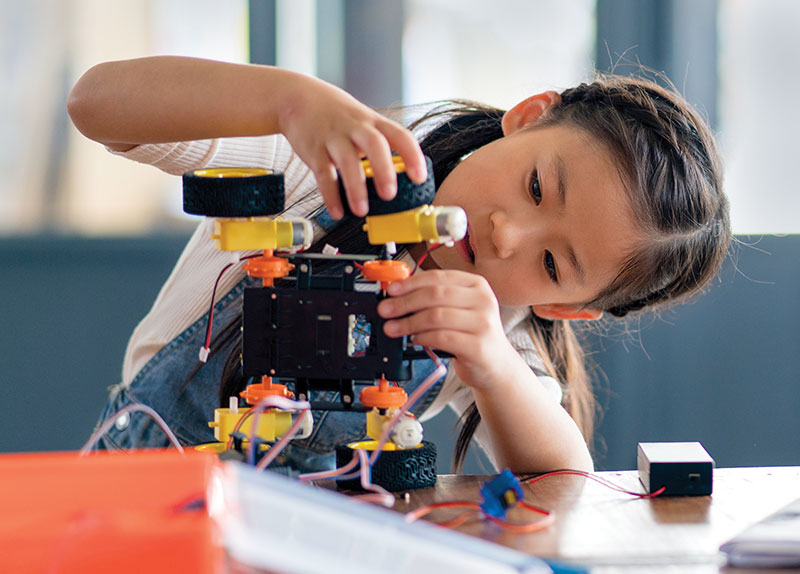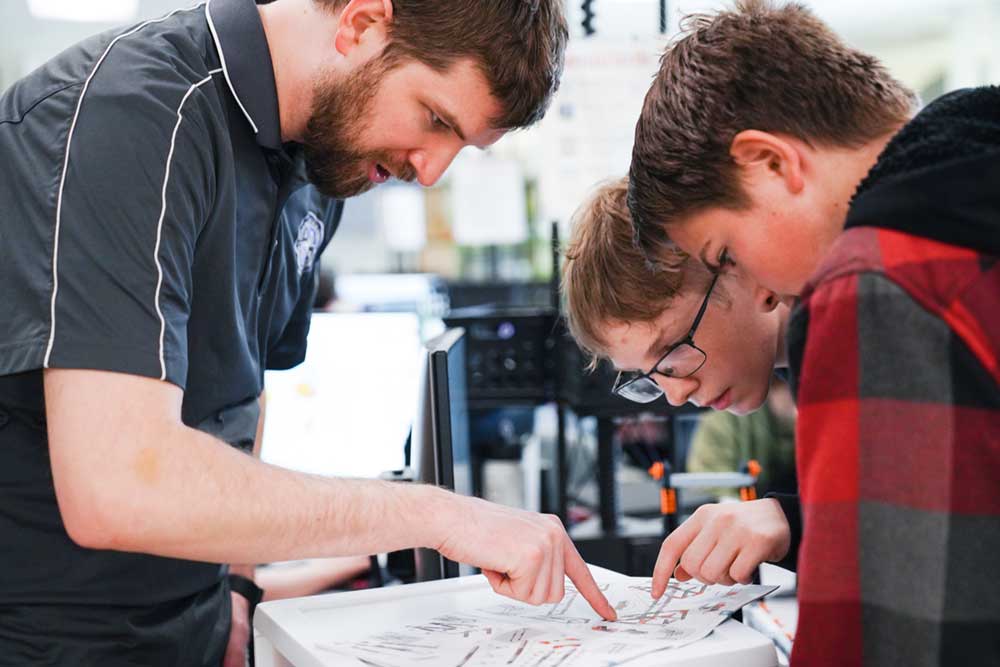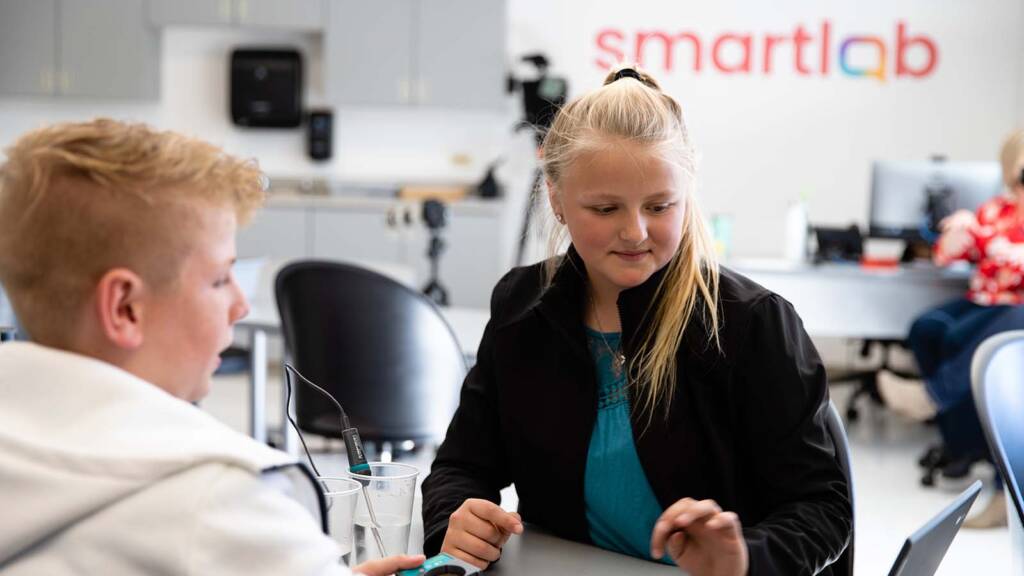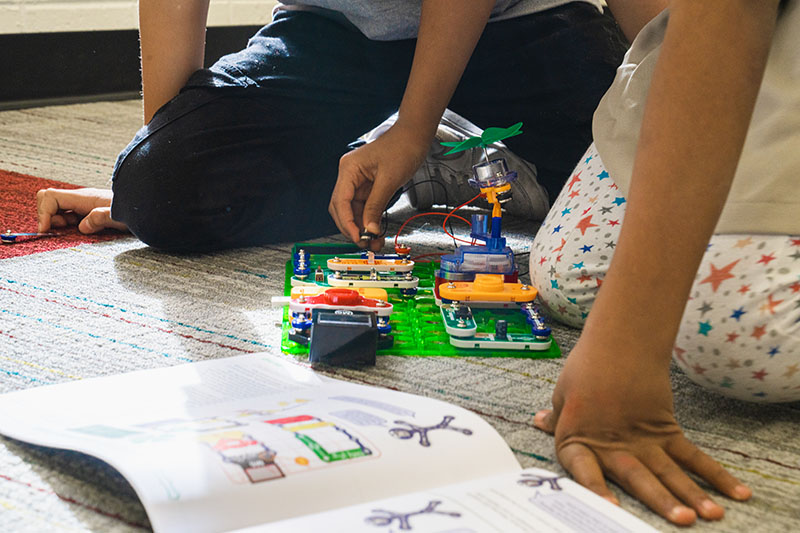Project-Based Learning in Elementary Schools
Introduction
Project Based Learning (PBL) is a great teaching method to engage and excite elementary school students. It emphasizes real-world problem-solving, allowing students to work on projects that are directly relevant to their lives and the world around them.
Project-based learning has many benefits for students. It helps them develop critical thinking and problem-solving skills, as well as teamwork and collaboration skills. Additionally, project-based learning can increase student engagement and motivation.
In this blog, we will discuss and provide examples of PBL and how it can be implemented in an elementary school setting, the benefits of PBL, how it works in the classroom, and some of the challenges you may face when implementing it in your organization’s curriculum.
What is Project-Based Learning?
Here are some examples of project-based learning in action :
- Students can learn about the water cycle by creating a model of the water cycle
- A Nutrition curriculum might allow students to create a healthy lunch menu
- When studying mapmaking students might create a map of their school.
Project-based learning activities can be done in the classroom or at home. They can be done individually, in pairs, or in small groups.
There are a few things to keep in mind when planning project-based learning activities for elementary students.
- Make sure the project is relevant and interesting to them.
- The project should be achievable and not too difficult.
- You should be able to provide support and resources as needed.
12 project-based learning engagements to start using today >>
Why is project-based learning important / Benefits of PBL
Project-based learning has been shown to hold many benefits for elementary students. PBL helps them develop critical thinking and problem-solving skills, while also teaching them how to work together as a team. Through PBL students become more engaged and motivated in their learning.
Studies show that project-based learning improves academic achievement and higher test scores, and grades than those who haven’t participated in PBL.
Project-based learning is an important part of the elementary school curriculum. SmartLabs project-based learning helps students develop the skills they need to be successful in school and in life.
How does project-based learning work in the classroom
When implementing project-based learning in the classroom, it is important to consider the needs of your students, ensuring the project is relevant and interesting to them. Additionally, make sure the project is achievable and matches their abilities. Finally, provide support and resources as needed.
There are many ways to implement project-based learning in elementary schools. Here are a few examples:
1. Field trips: Students can learn about their community by planning and going on field trips, like visiting a local farm, recycling center, or a historical site.
2. Classroom projects: When learning about the ecosystem or mapping, students can work on projects in the classroom such as creating a model of the water cycle or a map of their school.
3. At-home: Parents can support project-based learning at home by helping their child complete a project like helping their child plan and cook a healthy meal.
4. Technology projects: Students can use technology to create their own projects like creating a website or a digital poster.
5. Group/Collaborative Projects: Working together on group projects, students can collaborate on things such as a play or a presentation.
No matter how you choose to implement project-based learning in your classroom, the important thing is that your students are engaged and excited about their learning. Project-based learning is a great way to engage elementary students in their learning.
Helping students develop critical thinking and problem-solving skills, as well as teamwork and collaboration skills, project-based learning has also been shown to improve academic achievement. If you’re looking for a way to spice up your elementary school curriculum, consider incorporating SmartLabs project-based learning into your teaching.
Looking for more advanced PBL engagements? Explore project ideas for high school classrooms >>
Top challenges implementing project-based learning in elementary schools
While project-based learning has many benefits, there are also some challenges that come with it. Here are a few of the top challenges of implementing project-based learning in elementary school:
1. Getting students engaged: Engaging students and keeping them engaged throughout a project can be a challenge. It can be difficult to keep them on task and motivated throughout the project.
SmartLabs takes pride in curating engaging PBL STEM projects and lessons. All of our curricula is designed to meet current state standards and
2. Managing time: Another challenge with project-based learning is managing time. It can be difficult to keep students on track and ensure that the project is completed on time.
3. Organizing materials: Project-based learning often requires a lot of materials. This can be a challenge, especially if you don’t have a lot of storage space.
SmartLabs works with your organization to plan your SmartLabs space. We can customize a solution that fits your space and student needs.
4. Differentiating instruction: When working on a project, it can be difficult to differentiate instruction. This is because all students are working on the same project and may be at different levels.
SmartLabs helps you with differentiation through ongoing professional development, training, and our customized learning platform.
5. Assessing student learning: Measuring progress can also be a challenge with project-based learning. This is because students are often working on different parts of the project at different times.
SmartLabs Learning solutions have incorporated assessment into all of the lesson plans making measuring student progress a part of the project.
Despite these challenges, project-based learning is a great way to engage elementary students in their learning, and Smart Labs Learning solutions make it easy to incorporate into your existing curriculum.
In our next blog, we will address some of the challenges organizations face when implementing project-based learning and how to overcome them to best support their students. Stay tuned for more information.




